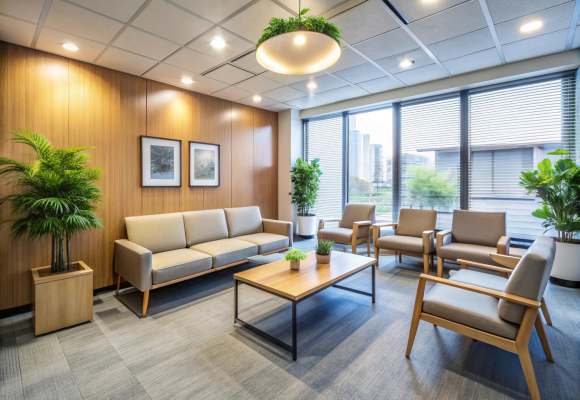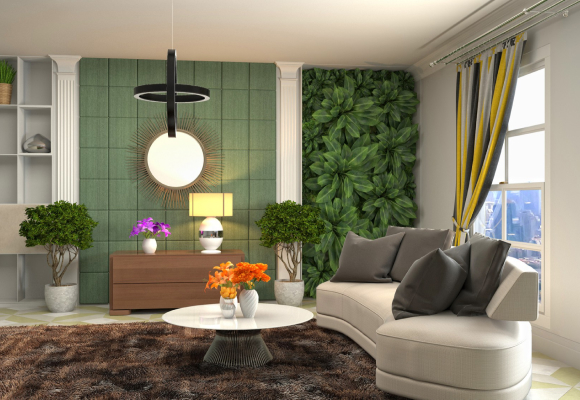Key Components of Energy-Efficient Interior Design
| Component | Description |
|---|---|
| Insulation | Proper insulation reduces heat transfer, keeping homes cooler in summer and warmer in winter. |
| Windows and Doors | Energy-efficient windows and doors prevent heat gain, reducing the need for air conditioning. |
| HVAC Systems | High-efficiency HVAC systems consume less energy while maintaining indoor comfort. |
| Lighting | LED lighting and smart lighting systems reduce energy consumption significantly. |
| Appliances | Energy Star-rated appliances use less energy for the same or better performance. |
| Water Heating | Solar water heaters or heat pump water heaters are more energy-efficient options. |
| Renewable Energy | Integrating solar panels can drastically cut energy bills and reduce reliance on the grid. |


